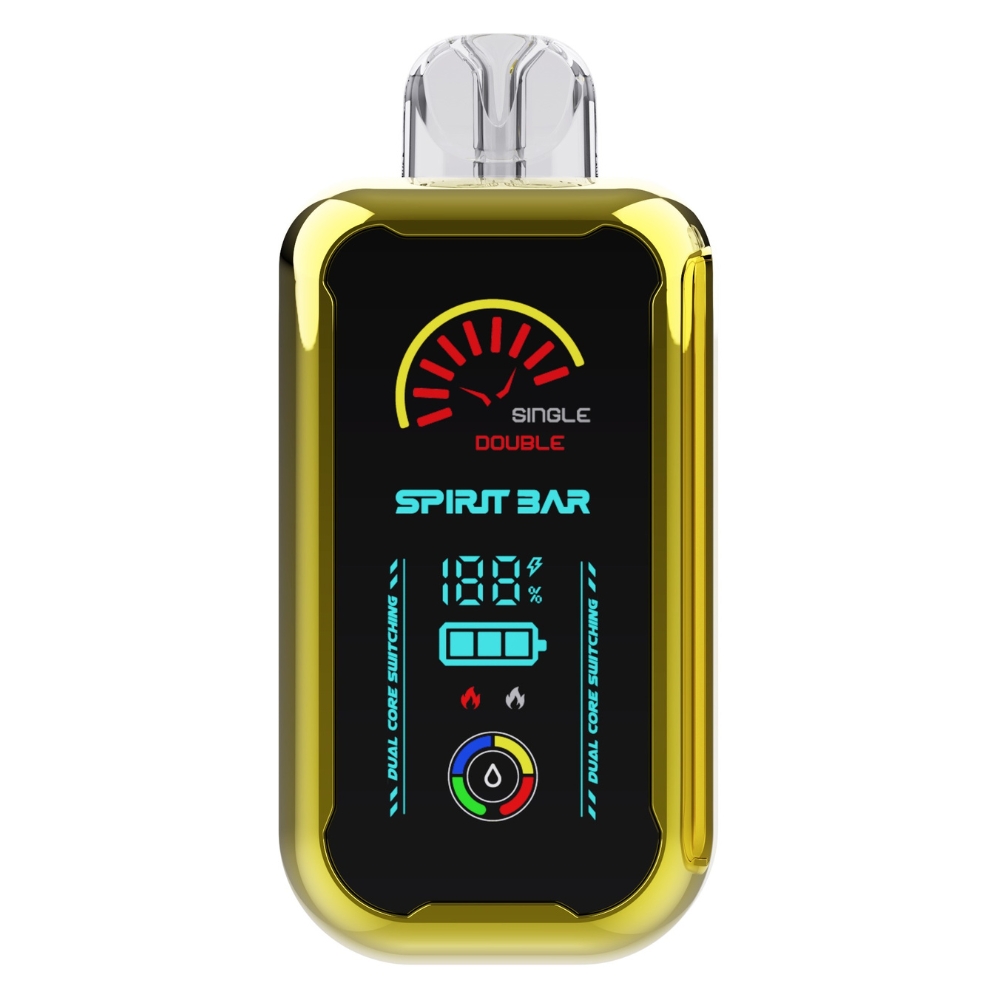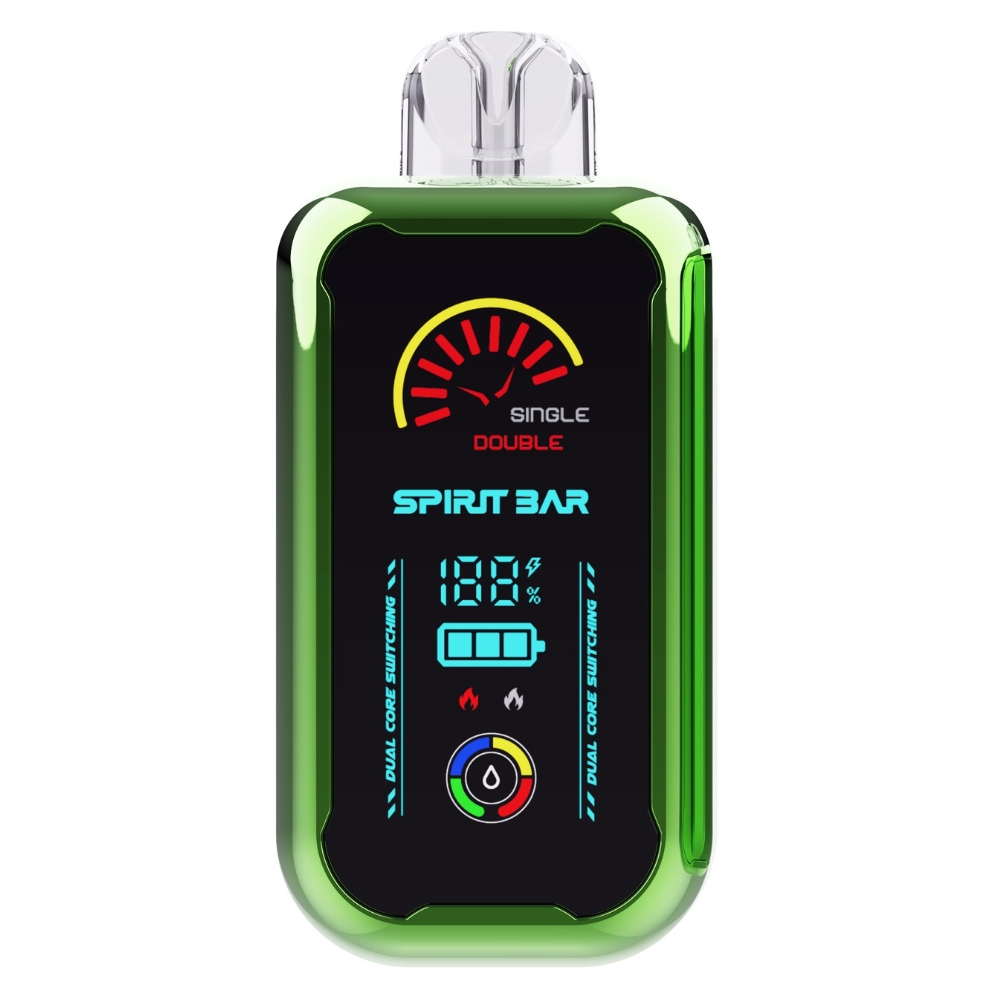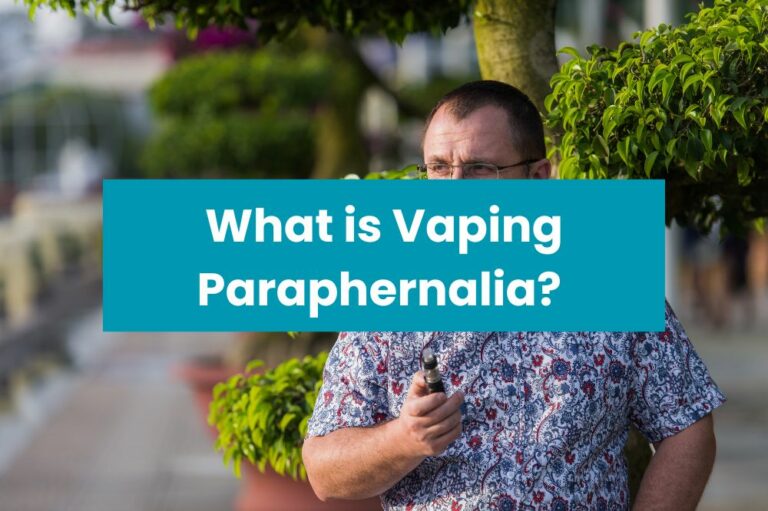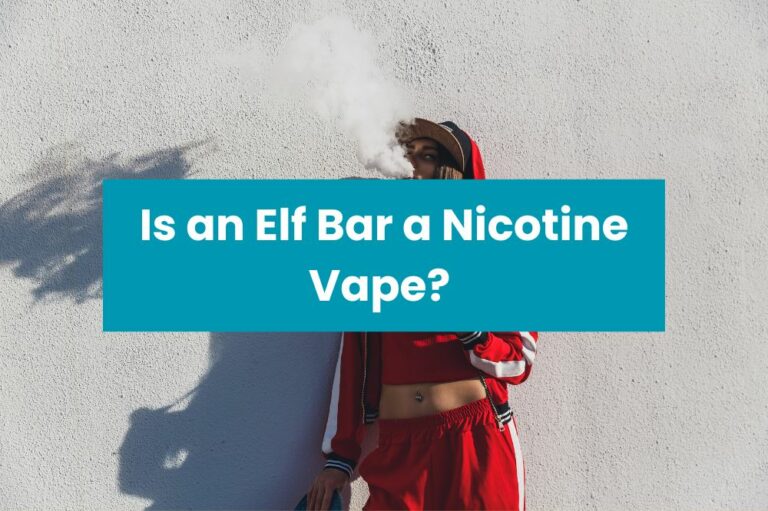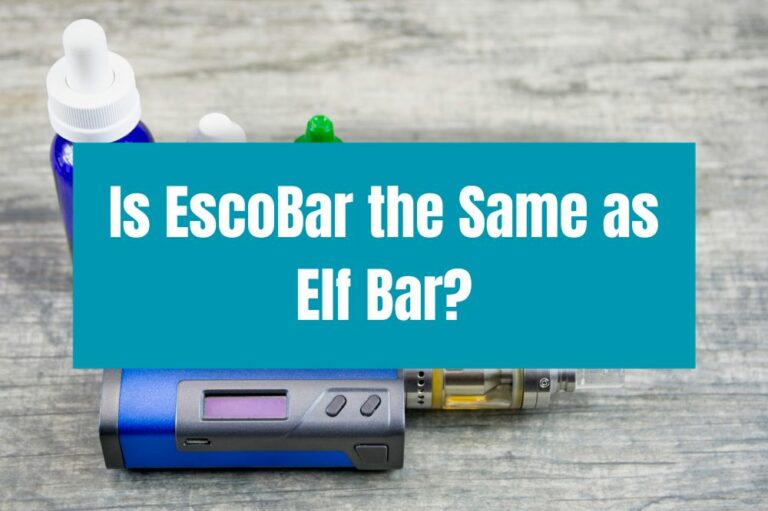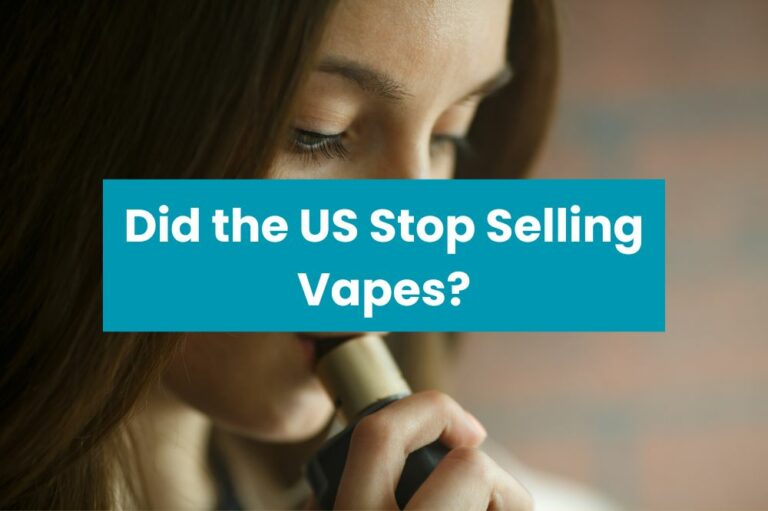How Profitable is a Vape Shop?
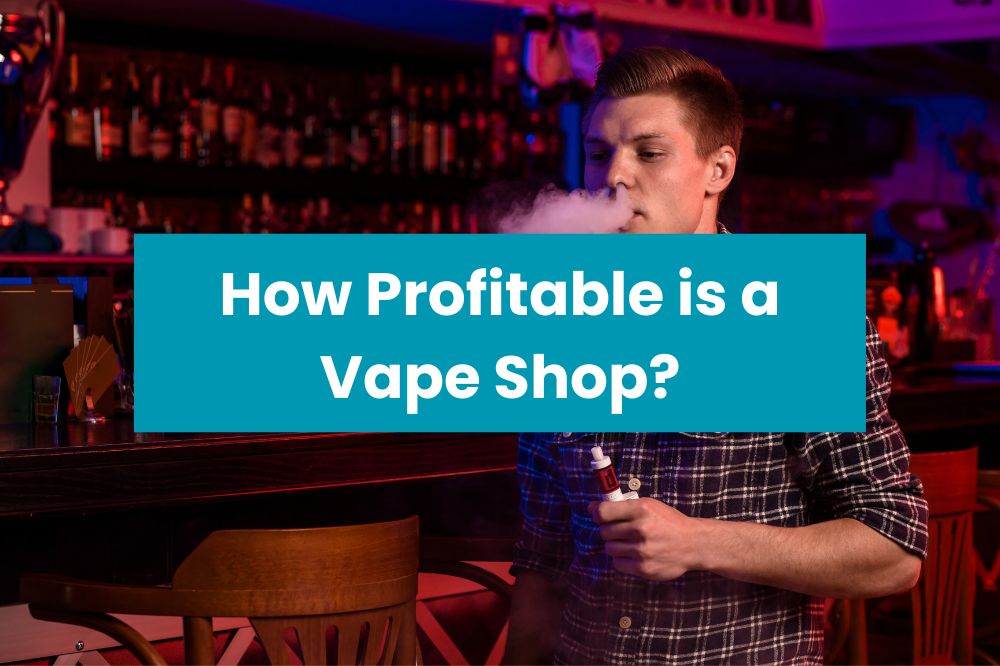
If you’re considering opening a vape shop, one of the most pressing questions on your mind is likely to be: how profitable is a vape shop? The answer to this question is not straightforward, as there are many factors that can affect the profitability of a vape shop. However, by looking at industry trends and considering some key factors, it is possible to get a general idea of how much money you can expect to make.
One of the most important factors that will affect the profitability of your vape shop is your location. If you’re located in an area with a high demand for vaping products and services, you’re likely to do well. On the other hand, if you’re located in an area where vaping is less popular, you may struggle to attract customers. Other factors that can affect your profitability include the size of your shop, the quality of your products, and the level of competition in your area.
Despite the challenges, many vape shops are able to turn a profit. According to one estimate, the number of vape shops in the US has increased by almost 20% annually since 2018. While there is no guarantee that your vape shop will be successful, by taking the time to carefully plan your business and consider all the factors that can affect your profitability, you can give yourself the best possible chance of success.
Understanding the Vape Market
If you’re considering starting a vape shop, it’s important to understand the vape market. The vape industry has been growing rapidly in recent years, and it’s expected to continue to do so in the coming years. According to a report by Grand View Research, the global vape market size was valued at $12.41 billion in 2020 and is expected to grow at a compound annual growth rate (CAGR) of 23.8% from 2021 to 2028.
One of the main reasons for the growth of the vape market is the increasing number of people who are quitting smoking and turning to vaping as a healthier alternative. Vaping is also becoming more popular among younger people, which is contributing to the growth of the market.
Another important factor to consider is the regulatory environment. The vape industry is heavily regulated, and it’s important to stay up-to-date with the latest regulations. In the United States, for example, the Food and Drug Administration (FDA) regulates the manufacturing, marketing, and distribution of vaping products.
When it comes to the types of products that are popular in the vape market, e-liquids are one of the top-selling products. E-liquids are the flavored liquids that are used in vaping devices. They come in a variety of flavors, including fruit, dessert, and tobacco flavors. Other popular products include vaping devices, coils, and batteries.
Overall, the vape market is a growing industry with a lot of potential for profitability. However, it’s important to understand the market and stay up-to-date with the latest regulations to ensure the success of your vape shop.
Costs Involved in Starting a Vape Shop
Starting a vape shop can be a profitable business, but it requires a significant initial investment and ongoing expenses. In this section, we will break down the costs involved in starting a vape shop so that you can make an informed decision.
Initial Investment
The initial investment to start a vape shop can range from $20,000 to $50,000. This includes the cost of storefront leasehold improvements, purchasing initial inventory, and marketing expenses. Below is a breakdown of the costs involved:
- Storefront leasehold improvements: The cost of storefront leasehold improvements can range from $15,000 to $50,000, depending on the size of the premises, location, and required modifications. This includes the cost of renovating the space, installing fixtures, and purchasing equipment such as cash registers, display cases, and security systems.
- Purchasing initial inventory: You will need to purchase e-cigarettes, e-liquids, and accessories to stock your store. The cost of purchasing initial inventory can range from $10,000 to $25,000, depending on the size of your store and the variety of products you want to offer.
- Marketing expenses: You will need to invest in marketing your vape shop to attract customers. This can include the cost of creating a website, social media advertising, and print advertising. The cost of marketing expenses can range from $5,000 to $10,000.
Ongoing Expenses
Once your vape shop is up and running, you will need to budget for ongoing expenses. These include:
- Rent: The cost of rent will depend on the location of your store. In general, you can expect to pay between $2,000 and $5,000 per month in rent.
- Inventory: You will need to continually purchase inventory to keep your store stocked. The cost of inventory will depend on the size of your store and the variety of products you offer.
- Utilities: You will need to pay for utilities such as electricity, water, and internet service.
- Employee salaries: If you hire employees to work in your store, you will need to budget for their salaries.
- Insurance: You will need to purchase insurance to protect your business from liability.
In conclusion, starting a vape shop can be a profitable business, but it requires a significant initial investment and ongoing expenses. By understanding the costs involved, you can make an informed decision about whether starting a vape shop is the right choice for you.
Revenue Potential of a Vape Shop
If you’re considering opening a vape shop, it’s important to understand the revenue potential of this business. Two key factors that affect the revenue potential of a vape shop are sales projections and profit margin.
Sales Projections
Sales projections for a vape shop can vary widely depending on factors such as location, competition, and marketing efforts. According to VapeRanger, the average revenue for a vape shop in the U.S. was around $26,000 in 2015. However, this number can be much higher or lower depending on the specific circumstances of your business.
To make accurate sales projections, it’s important to consider factors such as your target market, the products you plan to sell, and your marketing strategy. By doing market research and analyzing industry trends, you can get a better idea of what kind of revenue your vape shop can realistically generate.
Profit Margin
Profit margin is another important factor to consider when evaluating the revenue potential of a vape shop. According to Business Plan Templates, the profit margin for a vape shop is typically around 40-50%, but can vary depending on several factors.
To calculate your profit margin, you’ll need to subtract your total expenses from your total revenue, and then divide the result by your total revenue. This will give you a percentage that represents your profit margin.
It’s important to keep in mind that profit margins can be affected by factors such as competition, pricing strategy, and overhead costs. By keeping your expenses low and focusing on high-margin products, you can increase your profit margin and improve the overall revenue potential of your vape shop.
Regulations and Legal Considerations
Opening a vape shop requires complying with various regulations and legal considerations. As a vape shop owner, you must ensure that you are following all federal, state, and local laws to avoid legal issues. Here are some of the regulations and legal considerations you need to keep in mind:
Age Verification
One of the most critical regulations you need to comply with is age verification. According to FDA regulations, you must request photo identification from all customers aged 27 and younger. If a customer isn’t over 18 or the legal age in your state for buying nicotine, you must refuse the sale. It is your responsibility to make sure that you are not selling vaping products to minors.
Marketing Restrictions
The FDA has put restrictions on marketing e-cigarettes and vaping products. You cannot advertise your products as a healthier alternative to smoking, or make any health claims. You also cannot use celebrities or social media influencers to market your products. You must comply with all marketing restrictions to avoid legal issues.
Packaging and Labeling Requirements
Another important regulation is packaging and labeling requirements. You must ensure that your products are labeled accurately and appropriately. The label should include the nicotine content, ingredients, and warning statements. The packaging should also be child-resistant to prevent accidental ingestion.
Taxation
You must also comply with taxation regulations. The taxation of vaping products varies from state to state. You need to research the tax laws in your state to make sure you are collecting the correct amount of taxes.
Local Regulations
In addition to federal and state regulations, you must also comply with local regulations. Some cities and counties have specific regulations for vaping products. You need to research the local regulations in your area to ensure that you are not violating any laws.
Complying with regulations and legal considerations is essential for the success of your vape shop. It may seem overwhelming, but with proper research and planning, you can ensure that your business is operating legally and ethically.
Location and Demographics
The location of your vape shop is a crucial factor in determining its profitability. You want to choose a location that is easily accessible and visible to your target audience. Consider setting up shop in a busy area with high foot traffic, such as a shopping mall or a downtown district.
It’s also important to consider the demographics of the area where you plan to open your vape shop. You want to cater to a target audience that is interested in vaping and has the disposable income to purchase your products. For example, if you plan to sell high-end vaping products, you may want to consider opening your shop in an affluent area.
You should also consider the competition in the area. If there are already several vape shops in the area, you may want to consider a different location or find a way to differentiate your shop from the competition. For example, you could offer unique products or services that other shops in the area don’t offer.
In addition to the location, you should also consider the demographics of your target audience. For example, if you plan to cater to younger vapers, you may want to consider a location near a college campus or in a trendy neighborhood. If you plan to cater to older vapers, you may want to consider a location near retirement communities or in an area with a high concentration of professionals.
Overall, choosing the right location and catering to the right demographics can have a significant impact on the profitability of your vape shop. Take the time to research the area and understand your target audience to ensure the success of your business.
Marketing and Customer Retention
Marketing is an essential part of running a successful vape shop. Advertising your shop through various channels such as digital, print, and radio can help attract new customers and retain existing ones. Allocate a budget of at least $1,000 for marketing, and plan out your budget meticulously, as the cost to open a vape shop is usually higher than expected.
One way to build customer retention is to offer loyalty programs. These programs can include discounts, free products, or other incentives to keep customers coming back. You can also offer referral programs to encourage your customers to bring in new customers.
Another way to build customer retention is to provide excellent customer service. Make sure your staff is knowledgeable, friendly, and helpful. Train them to answer any questions customers may have about products or the vaping experience.
Creating a welcoming and comfortable atmosphere in your shop can also help build customer retention. Offer comfortable seating, provide a variety of e-juices and hardware, and keep your shop clean and organized.
In conclusion, marketing and customer retention are crucial to the success of your vape shop. Allocate a budget for advertising and marketing, offer loyalty and referral programs, provide excellent customer service, and create a welcoming atmosphere. By doing so, you can attract new customers and retain existing ones, leading to increased profitability for your vape shop.
Potential Risks and Challenges
Starting a vape shop business comes with its own set of risks and challenges that you should be aware of before investing your time and money. Here are some of the potential risks and challenges you may face:
Legal and Regulatory Challenges
The vaping industry is heavily regulated, and laws and regulations vary by state and country. You will need to comply with local, state, and federal regulations regarding the sale and marketing of vaping products. Failure to comply with these regulations can result in fines, legal action, and even the closure of your business.
Health Concerns
Vaping has been linked to health concerns, including lung damage and addiction to nicotine. As a vape shop owner, you have a responsibility to educate your customers about the potential risks associated with vaping and ensure that your products are safe and meet industry standards.
Competition
The vaping industry is highly competitive, and you will need to differentiate yourself from other vape shops in your area. This can be challenging, especially if you are competing against established businesses with loyal customers.
Fluctuating Market
The vaping industry is relatively new and still evolving, which means that the market can be unpredictable. Changes in consumer preferences, new regulations, and advancements in technology can all affect the demand for vaping products and your profitability.
Startup Costs
Starting a vape shop business can be expensive. You will need to invest in inventory, equipment, marketing, and more. The initial startup costs can be a significant barrier to entry for some entrepreneurs.
Limited Payment Processing Options
Many payment processors are hesitant to work with vape shops due to the legal and regulatory risks associated with the industry. This can make it difficult to find a reliable payment processing solution for your business.
In conclusion, while the vaping industry can be profitable, it comes with its own set of risks and challenges. It’s important to do your research, understand the regulations in your area, and develop a solid business plan to mitigate these risks and increase your chances of success.

